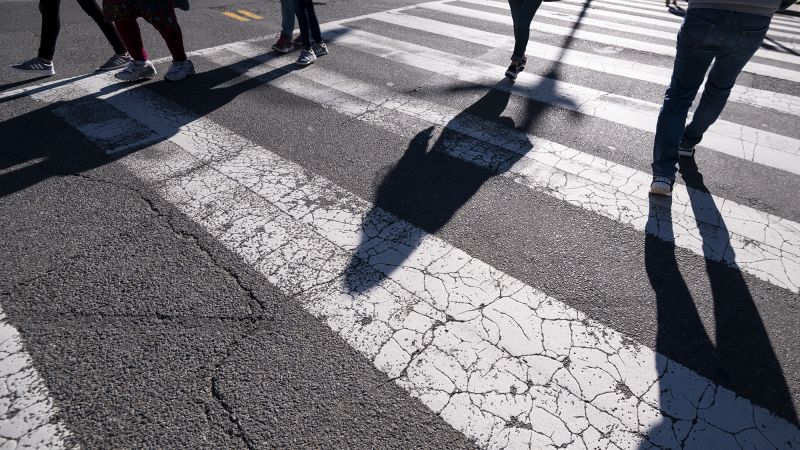The U.S. government’s National Highway Traffic Safety Administration is proposing a new rule that would require the auto industry to design vehicles, particularly SUVs and pickup trucks, with the goal of reducing pedestrian deaths and injuries. The rule aims to address the increased size and hood height of these vehicles, which have resulted in blind spots for drivers and a higher risk of pedestrian accidents. The agency highlighted the significant increase in pedestrian deaths over recent years, with a 57% increase from 2013 to 2022, totaling 7,522 deaths. By implementing this rule, NHTSA estimates that 67 lives per year could be saved.
The focus of the proposed rule is on reducing head injuries that occur when pedestrians are hit by the front of a vehicle, a common scenario involving SUVs and trucks. The rule would establish testing procedures to simulate head-to-hood impacts and set requirements to minimize the risk of head injuries. Human-like head dummies representing children and adults would be used in testing to ensure the effectiveness of these safety measures. NHTSA Deputy Administrator Sophie Shulman emphasized the importance of protecting both those inside and outside of vehicles from serious injuries or fatalities, especially vulnerable road users like pedestrians.
The new rule is a response to a mandate in the Bipartisan Infrastructure Law, signaling the government’s commitment to addressing the mounting issue of pedestrian safety on roadways. Automakers and the industry’s trade association have been asked for their feedback on the proposal, though their responses were not immediately available. The focus on improving safety for pedestrians reflects a broader effort to reduce traffic fatalities and injuries, particularly among vulnerable road users. By requiring the auto industry to design vehicles that prioritize pedestrian safety, the government aims to make significant strides in preventing accidents and saving lives on the road.
Keep Reading
Subscribe to Updates
Get the latest creative news from FooBar about art, design and business.
© 2025 Globe Timeline. All Rights Reserved.


